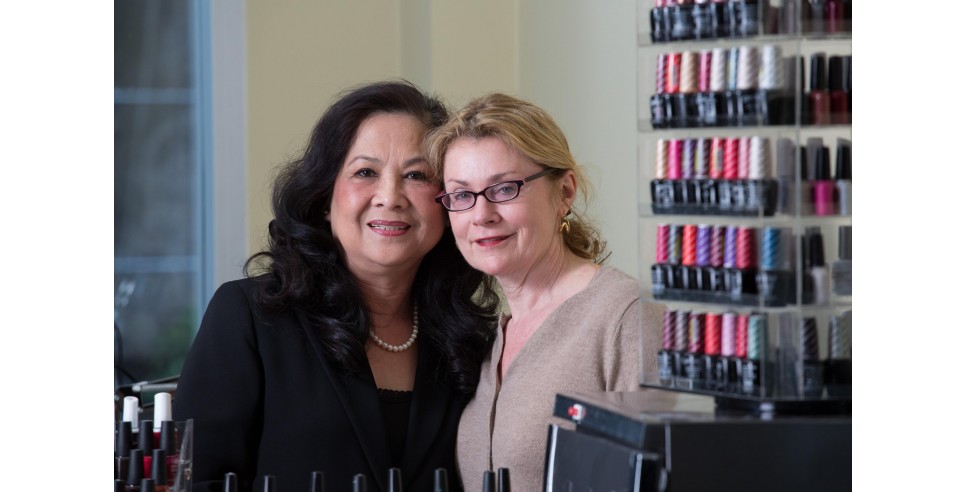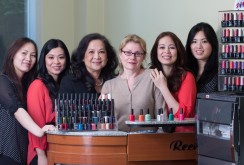
A majority of Vietnamese came to the United States as refugees of war and without much money or resources available to them. According to Wikipedia, mass Vietnamese immigration to the United States started in 1975, after the end of the Vietnam War. Early immigrants were refugee boat people, fleeing the aftermaths of a war-torn country. Forced to flee from their homeland and often thrust into poor urban neighborhoods, these newcomers have nevertheless managed to establish strong communities and prosperity in a short amount of time. In the 2006 American Community Survey, 72 percent of foreign-born Vietnamese are naturalized US citizens; this combined with the 36 percent who are born in the United States makes 82 percent of them United States citizen in total. Of those born outside the United States, 46.5 percent entered before 1990, 38.8 percent between 1990 and 2000, and 14.6 percent entered after 2000. It has been asserted that many Vietnamese still tend to live in separate communities. http://www.voanews.com/content/vietnamese-americans-tend-to-live-in-enclaves/1700747.html. And yet, according to a study by the Manhattan Institute in 2008, Vietnamese Americans are among the most assimilated immigrant groups in the United States. Like many other immigrant groups, the majority of Vietnamese Americans are small business owners. Throughout the United States, many Vietnamese—especially first or second-generation immigrants—open supermarkets, restaurants, bakeries specializing in bánh mì (traditional Vietnamese breads and sandwiches), beauty salons and barber shops, and auto repair businesses.
Author's Note: My cultural faux pas as an ugly American
When I first approached Anh and Le to do this story, I told them “I want to tell the story of the real reason why America lost the war in Vietnam.” I thought I was talking to them woman-to-woman, paying tribute to the strength and tenacity of the Vietnamese, who had defeated the Americans fighting a war on foreign turf. I was greeted with a maelstrom of all five women speaking heatedly in Vietnamese. I knew I had committed a major faux pas. Later, I talked it over with my husband who did a tour in Vietnam and had worked for the CIA as an operative. “There was a whole contingency of Vietnamese in the south who did not want to be communist and who had fought valiantly alongside the Americans,” he told me. “For these women, they felt as though they had lost the war.” So I returned to the salon and apologized. I told them the real story would be Top Nails is Tops in Seattle! I soon learned that the American government paid to relocate Phuong Le and her entire family to the United States, which meant her husband had been very prominent in the South Vietnamese government. I learned a valuable lesson: to understand the true context of another culture before making assumptions based on my own experience as an American. –PV









